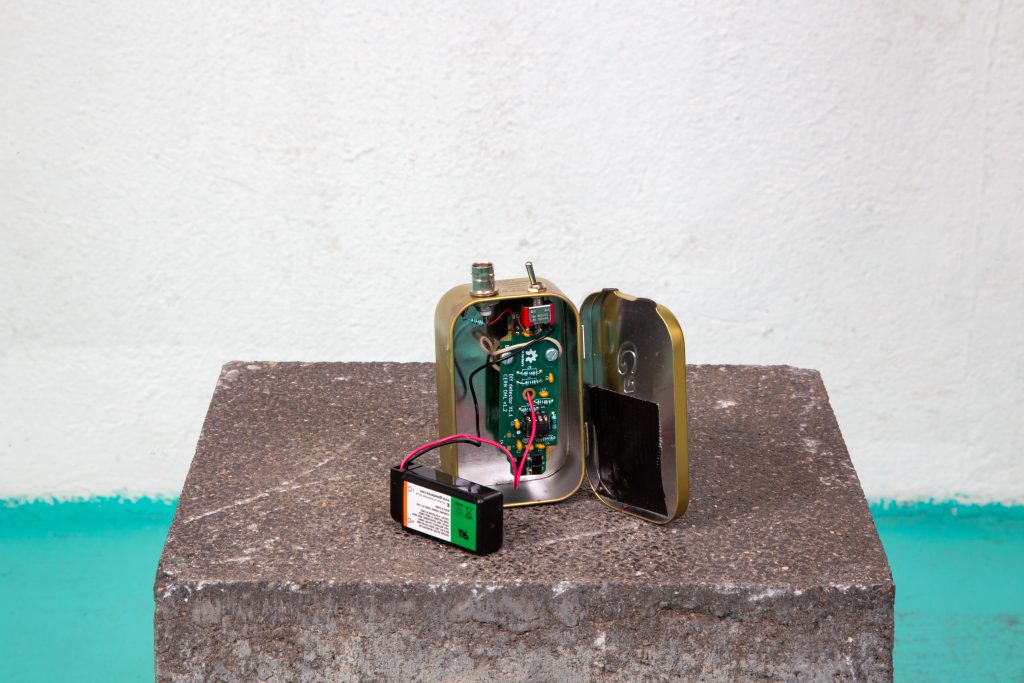DIY Particle Detector
The project educates about ionized radiation and makes it accessible to measure.

What problem is being solved and how?
Silicon detectors are widely used in particle and nuclear physics to measure ionizing radiation. But the devices are very expensive. This Do-It-Yourself project enables the fabrication of a low-cost particle detector from a silicon photodiode. It can distinguish different types of particles (alpha particles and electrons) and measure their energy between 33 keV and 8 MeV. The detector must be shielded from light and is therefore best housed in your favorite candy box. The signal output can be connected directly to the microphone or headset inputs of regular laptops and smartphones.
Why is it a good example?
here are numerous simple Geiger counters available for replication. But this project goes further and enables a more sophisticated measurement of ionized radiation. On the one hand, this makes it easier to detect exposures oneself. On the other hand, the project pursues an educational approach that aims to promote the discussion of invisible radiation.
How you can support
Use the sensor in educational contexts.
